- No products in the cart.
Duoprost drops Ch. 2.5ml vial, cap. 1 PC
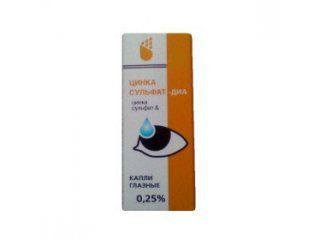
Zinc sulfate-dia drops Ch. 10ml vial, cap.
$1.84
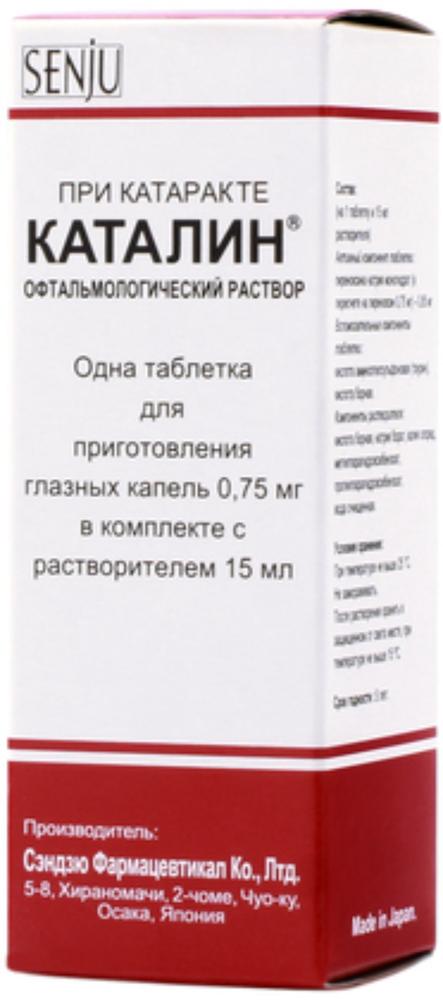
Katalin tab for prig.kapel Ch. + 0.75mg solvent 15ml vials.
$12.34
$13.32
Duoprost drops Ch. 2.5ml vial, cap. 1 PC
SKU: 981984466 Categories: Glaucoma, Medicaments, Ophthalmology Tags: Latanoprost + Timolol, Rompharm
Description
Composition
Active substance:
1 ml contains: latanoprost- 0.05 mg, timolol maleate, based on timolol – 5.0 mg ;.
Excipients:
Disodium phosphate dodecahydrate – 11.85 mg sodium dihydrogen phosphate dihydrate – 5.2 mg Sodium chloride – 4.1 mg, of benzalkonium chloride – 0.2 mg, 1M sodium hydroxide solution / 1M hydrochloric acid solution – to pH 6,0 ± 0.1 purified water – up to 1 ml.
Description:
The clear, colorless solution.
Product form:
Eye drops According to the solution in 2.5 ml of polymer dropper bottle-capacity indoor 5ml polymeric cap with safety ring. In one dropper bottle together with instructions for use in a cardboard package.
Contraindications
Bronchial asthma, or asthma indication of a history of chronic obstructive pulmonary disease; – sinus bradycardia, atrioventricular block second – third degree, asthma, chronic heart failure II-III degree, cardiogenic shock; – hypersensitivity to any component of the drug; – the age of 18; – lactation.
Carefully
Inflammatory, neovascular, or congenital closure glaucoma, open-angle glaucoma in combination with psevdofakiey, pigmentary glaucoma (due to lack of enough experience with the drug); aphakia, psevdoafakiya with posterior lens capsule rupture, patients with macular edema risk factors (in treatment of latanoprost described cases of macular edema, including cystoid).
Indications
Open-angle glaucoma, increased intraocular pressure.
Interaction with other drugs
While the use of blockers “slow” calcium channels, drugs that reduce catecholamine activity, beta-blockers, antiarrhythmics (including amiodarone and quinidine), cardiac glycosides, holinomimetikami, narcotic analgesics, and monoamine oxidase inhibitors may enhance the hypotensive action and / or the development of severe bradycardia. With simultaneous application of timolol with epinephrine sometimes developed mydriasis.
Overdose
Symptoms caused by latanoprost – eye irritation, conjunctival or episcleral hyperemia, dizziness; caused by timolol – headache, arrhythmia, bradycardia, bronchospasm, nausea, vomiting.
Treatment: rinse immediately with water or 0.9% sodium chloride solution, symptomatic therapy.
pharmachologic effect
Pharmacological group:
Antiglaucoma agents combined (prostaglandin F2-alpha analogue synthetic + beta-blocker).
Pharmacodynamics:
Duoprost – combined formulation. Latanoprost is an analog of prostaglandin F2a and selective agonist of FP receptor. Reduces intraocular pressure by increasing the outflow of aqueous humor and has antiglaucoma effect. The main mechanism of action of latanoprost is associated with an increase in uveoscleral outflow. It had no significant effect on the production of aqueous humor and does not affect the blood aqueous barrier. Timolol – nonselective beta-adrenoceptor blocker with low intrinsic sympathomimetic and membrane stabilizing activity (SMA). When applied topically, it reduces intraocular pressure by decreasing the formation of aqueous humor, and a small increase in its outflow.
Pharmacokinetics:
latanoprost
The maximum concentration in the aqueous humor (approximately 15-30 ng / mL) is reached at 2 hours after instillation into the eye. After application of latanoprost eye drops is distributed primarily in the anterior segment of the eye, in the conjunctiva and the eyelids. Only a small amount of the drug reaches the posterior segment. Latanoprost is hydrolyzed in the cornea by the action of esterase with the formation of a biologically active acid. virtually no latanoprost acid metabolism in the tissues of the eye. The primary metabolism in the liver. Plasma half-life of 17 min. The major metabolites, 1,2-dinor- and 1,2,3,4 -tetranormetabolity, have no or weak biological activity and mostly excreted in the urine.
timolol
The local application of timolol rapidly penetrates through the cornea. After instillation of the eye drops the maximum concentration of timolol in the aqueous humor of eyes is achieved after 1 hour plasma half-life period -.. 6 h small amount enters the systemic circulation by absorption through the vessels of the conjunctiva, nasal mucosa and the lacrimal canal. Timolol excretion of metabolites is done primarily by the kidneys.
Pregnancy and breast-feeding
Adequate and well-controlled clinical safety studies of the drug during pregnancy and lactation (breast-feeding) is carried out. Use of the drug during pregnancy is possible only when the intended benefits to the mother outweighs the potential risk to the fetus or child. The drug should not be administered to nursing women, or should abandon breastfeeding (timolol, Latanoprost and its metabolites may enter the mother’s milk).
Conditions of supply of pharmacies
By prescription.
side effects
On the part of the organ of vision: visual disturbances, blepharitis, cataracts, conjunctivitis, allergic conjunctival lesion (including follicles, papillary reaction conjunctiva, petechiae et al.), Corneal lesions (erosion, pigmentation, punctate keratitis, etc.), refractive error, eye redness, eye irritation, eye pain, increased pigmentation of the iris, keratitis, photophobia, loss of parts of the visual field. Infections: sinusitis, infections of the upper respiratory tract and other infections. Metabolic and nutritional: diabetes mellitus, hypercholesterolaemia. Psychiatric disorders: depression. From the nervous system: headache. Vascular disorders: high blood pressure. For the skin and subcutaneous tissue disorders: hypertrichosis, rash, and skin changes (irritation, chalazion, etc.). On the part of the musculoskeletal system and connective tissue disorders: arthritis. Listed below are other undesirable phenomena that can be observed in the treatment of the individual components Duoprost formulation (besides those mentioned above).
latanoprost:
From a sight organ: eye irritation (burning sensation, feeling of sand in the eyes, itching, stinging and foreign body sensation); transient point epithelial erosion, swelling of the eyelids, and corneal edema erosion; lengthening, thickening, increased number and increased pigmentation of eyelashes and vellus hair; iritis / uveitis; macular edema, including cystoid; a change in direction of growth of eyelashes sometimes cause irritation of the eyes; blurred vision. For the skin and subcutaneous tissue: skin rash, darkening of the eyelid skin and the local skin reaction on the eyelids. From the nervous system: dizziness. From the respiratory system: bronchospasm (including acute attacks or exacerbations in patients with a history of bronchial asthma), shortness of breath.
On the part of the musculoskeletal system and connective tissue disorders: pain in muscles / joints. General and local reactions: non-specific chest pain.
Timolol (in the form of eye drops):
Immune system: systemic allergic reactions, including anaphylaxis, angioedema, urticaria, localized and generalized rash. Errors of Metabolism and Nutrition: anorexia, hidden symptoms of hypoglycemia in patients with diabetes. Psychiatric disorders: behavioral and psychiatric disorders, including confusion, hallucinations, anxiety, disorientation, nervousness, memory loss, decreased libido, insomnia, and nightmares. From the nervous system: cerebral ischemia, cerebrovascular accident, dizziness, increased symptoms of myasthenia gravis, paresthesia, drowsiness, fainting. From a sight organ: cystoid macular edema, decreased corneal sensitivity; choroidal detachment following filtration surgery; ptosis, blurred vision, including refractive change, and diplopia. On the part of the organ of hearing and vestibular: tinnitus.
Cardiac arrhythmias, bradycardia, cardiac arrest, heart failure, intracardiac conduction block, palpitations, angina progression. Vascular disorders: intermittent claudication, cold hands and feet, decreased blood pressure, Raynaud’s syndrome. On the part of the respiratory system: bronchospasm (mainly in patients with prior bronhospasticheskimi disease), cough, shortness of breath, nasal congestion, pulmonary edema and respiratory failure. On the part of the gastrointestinal tract: diarrhea, dry mouth, dyspepsia, nausea, retroperitoneal fibrosis. For the skin and subcutaneous tissue disorders: alopecia, psevdopemfigoid, psoriasiform rash or exacerbation of psoriasis. On the part of the musculoskeletal system and connective tissue disorders: systemic lupus erythematosus. Reproductive system and breast: impotence, Peyronie’s disease. General and local: asthenia / fatigue, chest pain, edema.
special instructions
The drug can cause a gradual change eye color by increasing the amount of brown pigment in the iris, periodic monitoring of the treating physician. The preparation comprises a preservative benzalkonium chloride which can be absorbed by contact lenses and have a damaging effect on the eye tissue. Therefore, you must remove contact lenses and re-install them after 15 minutes after instillation. Effects on ability to drive and use machines eye drops may cause transient feeling of “veil before the eyes” for a few minutes, it is necessary to take into account when driving and working with moving machinery. While this effect persists, patients should not drive a car or use complex technology.
Storage conditions
In the dark place at a temperature of from 2 ° to 8 ° C. After opening the drug vial may be stored at a temperature not higher than 25 ° C and used within 4 weeks. In the reach of children !.
Dosing and Administration
Locally.
Instill one drop in the eye (s) once a day. If a dose was missed, it should continue further treatment, introducing the next dose as usual. If the patient is assigned more than one drug for topical administration on the ophthalmic disease, these drugs should be administered at intervals of at least five minutes.
Information
Appearance may differ from that depicted in the picture. There are contraindications. You need to read the manual or consult with a specialist
Additional information
| Weight | 0.100 kg |
|---|---|
| Manufacturer | Rompharm |

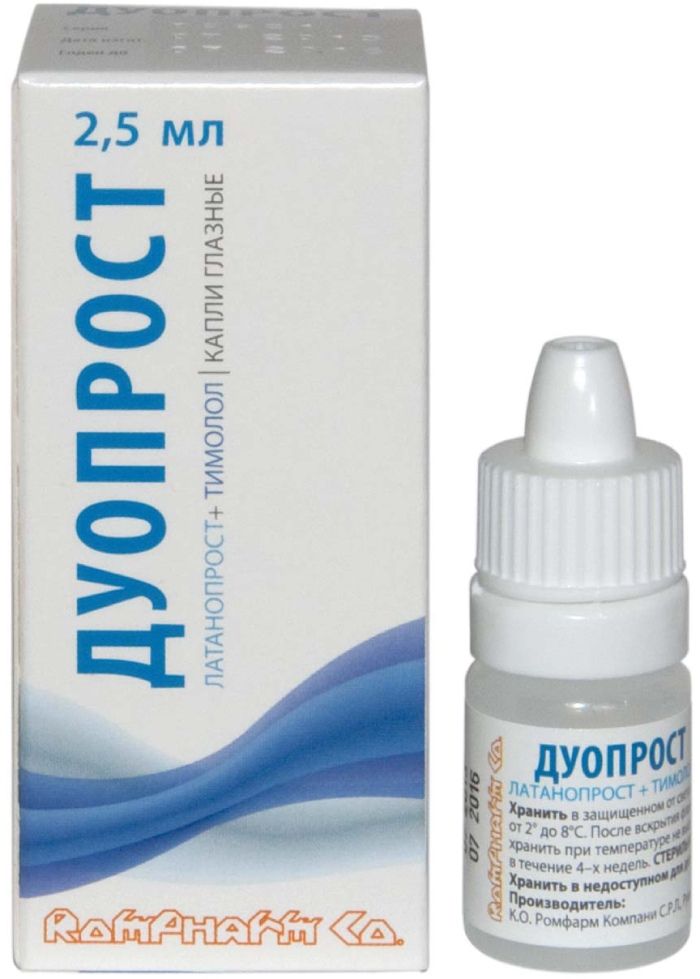
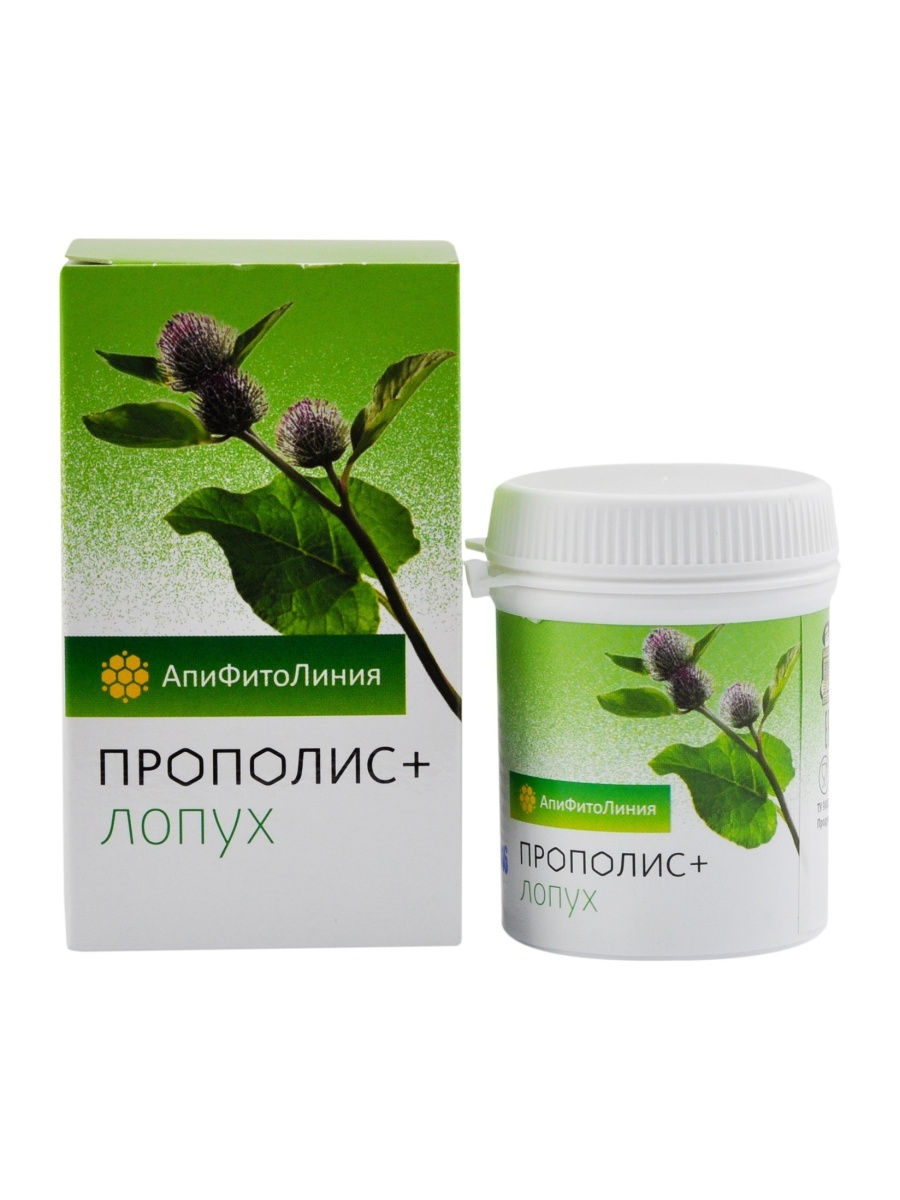

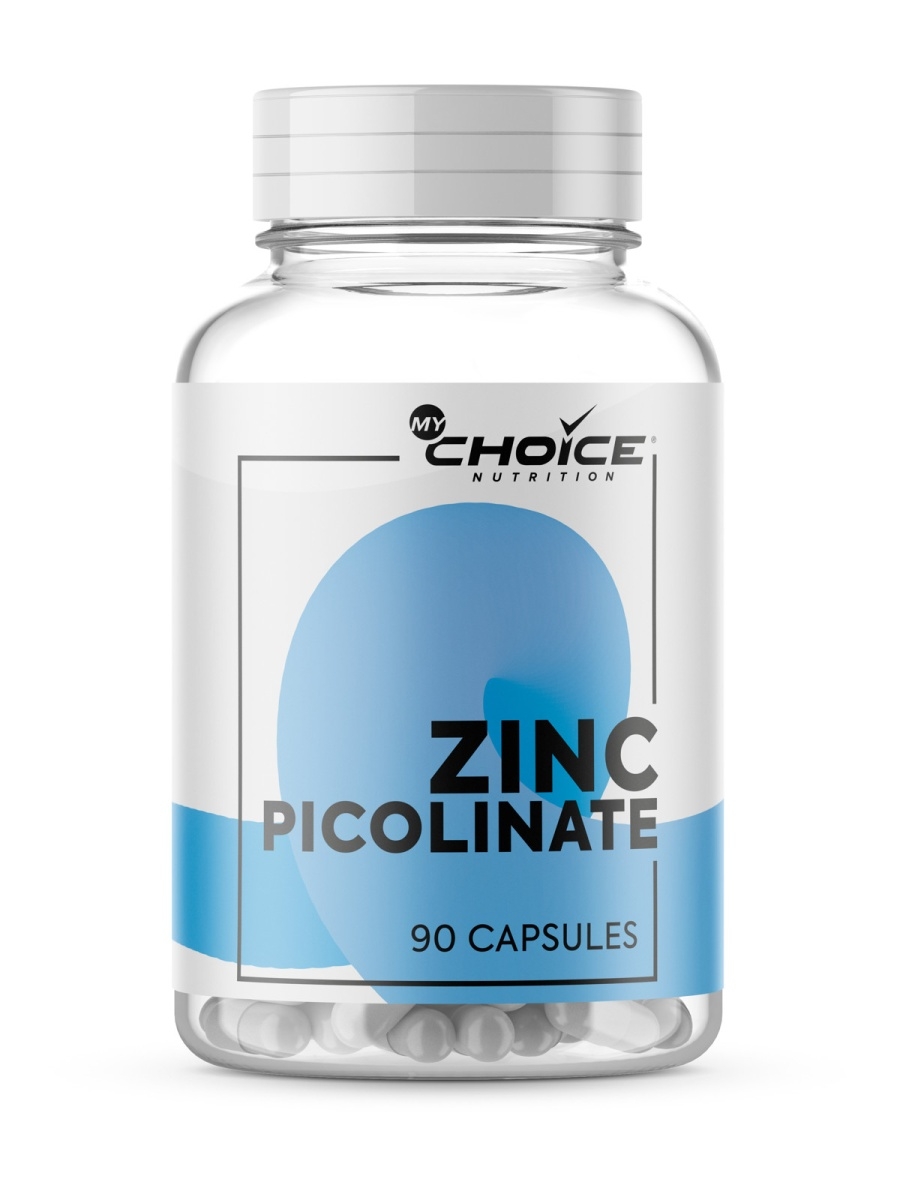
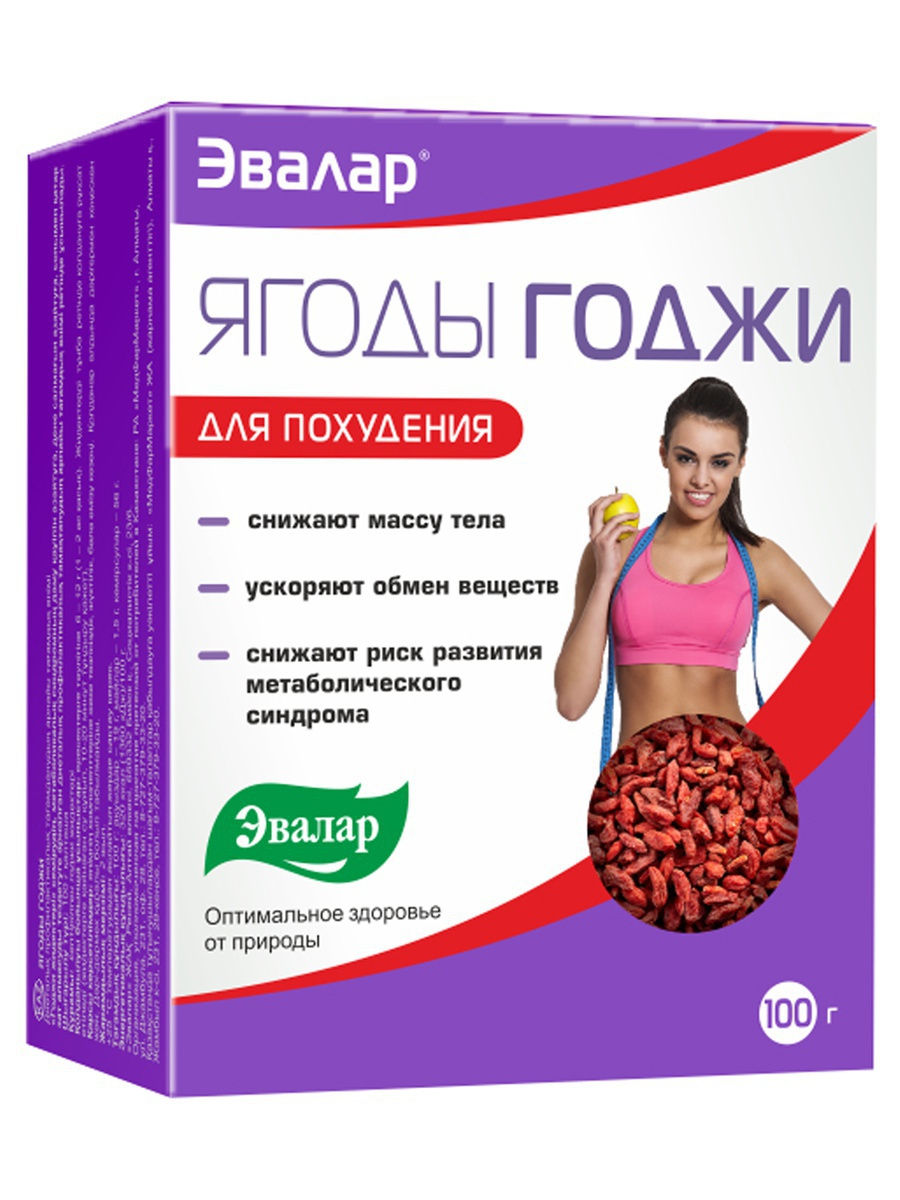
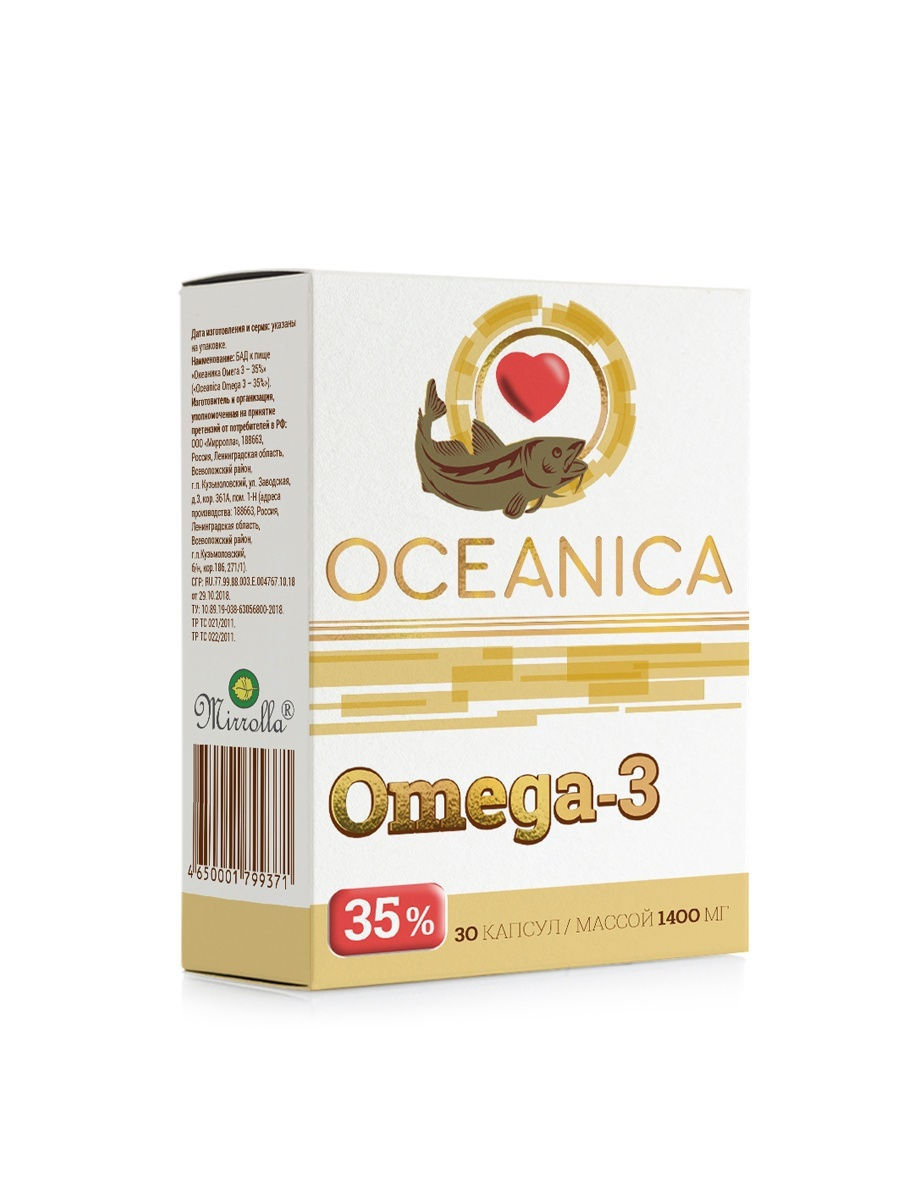





There are no reviews yet.